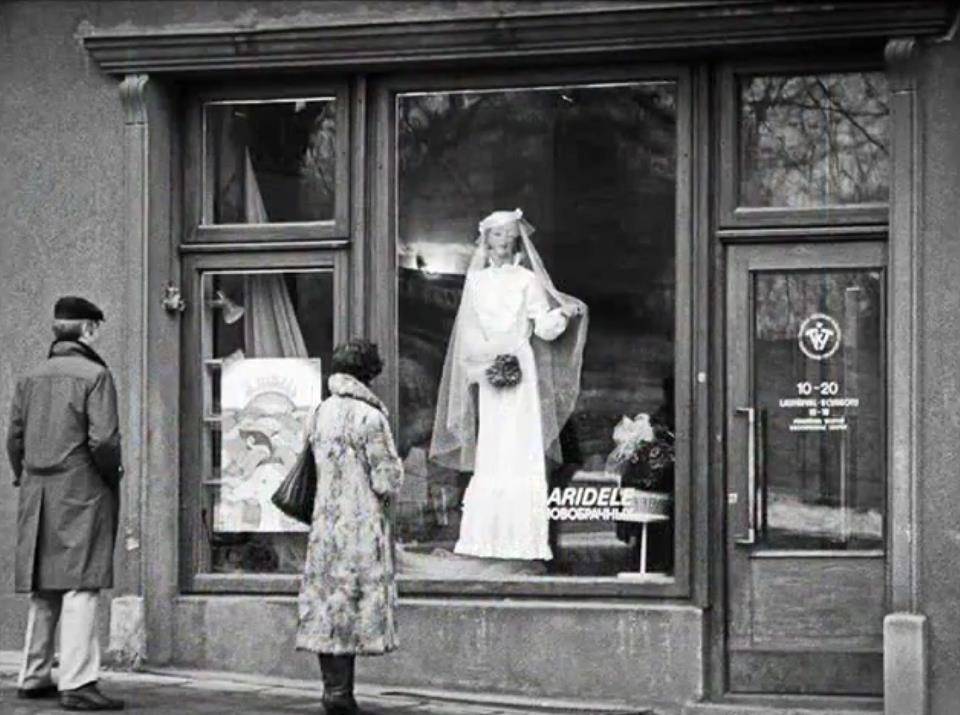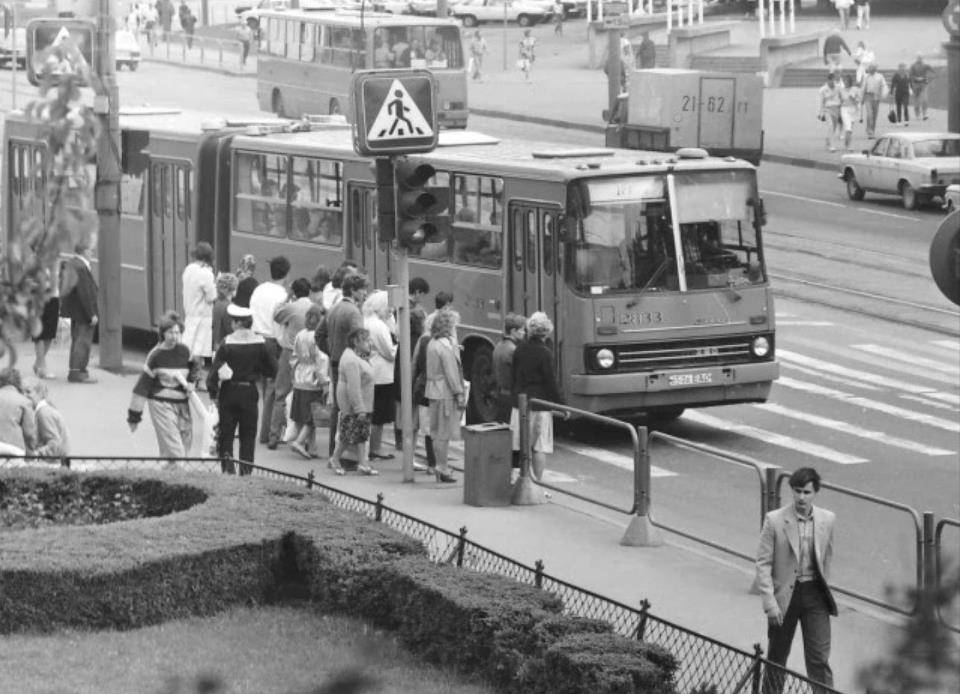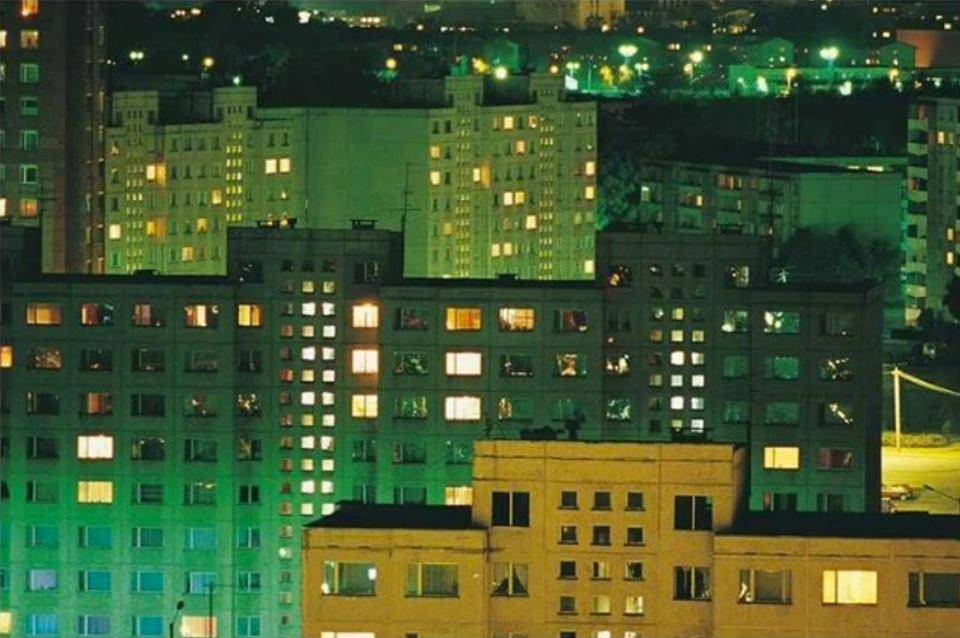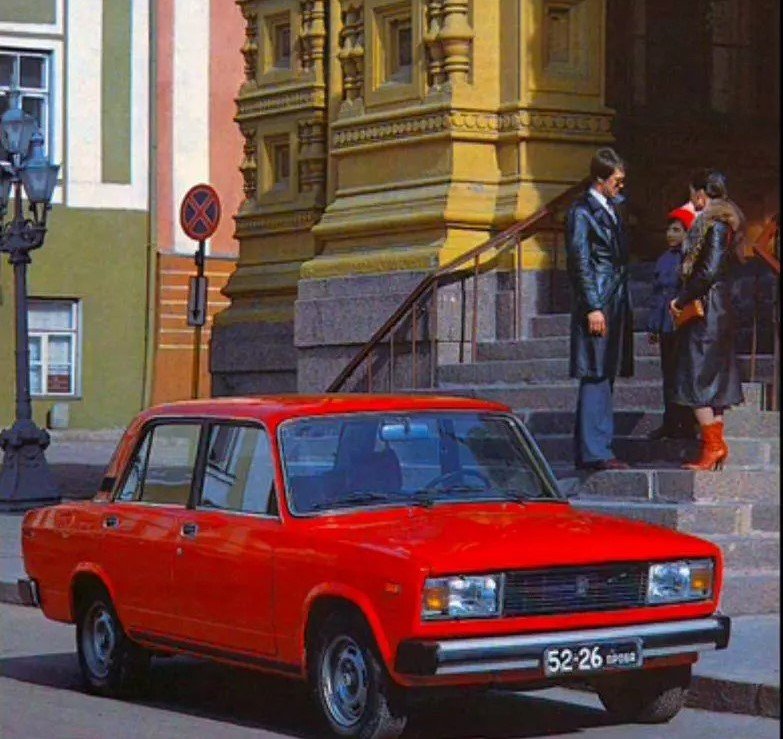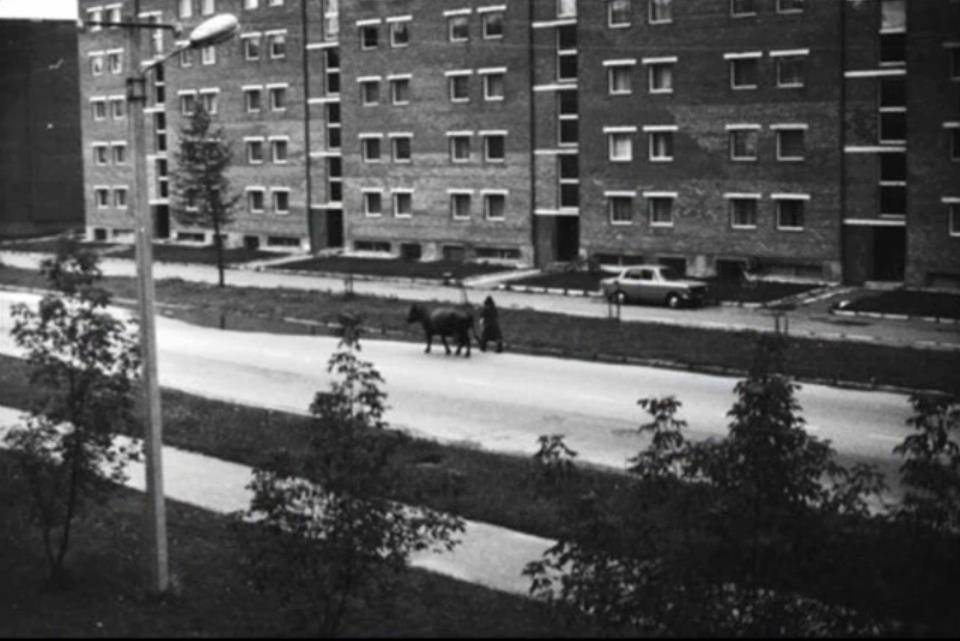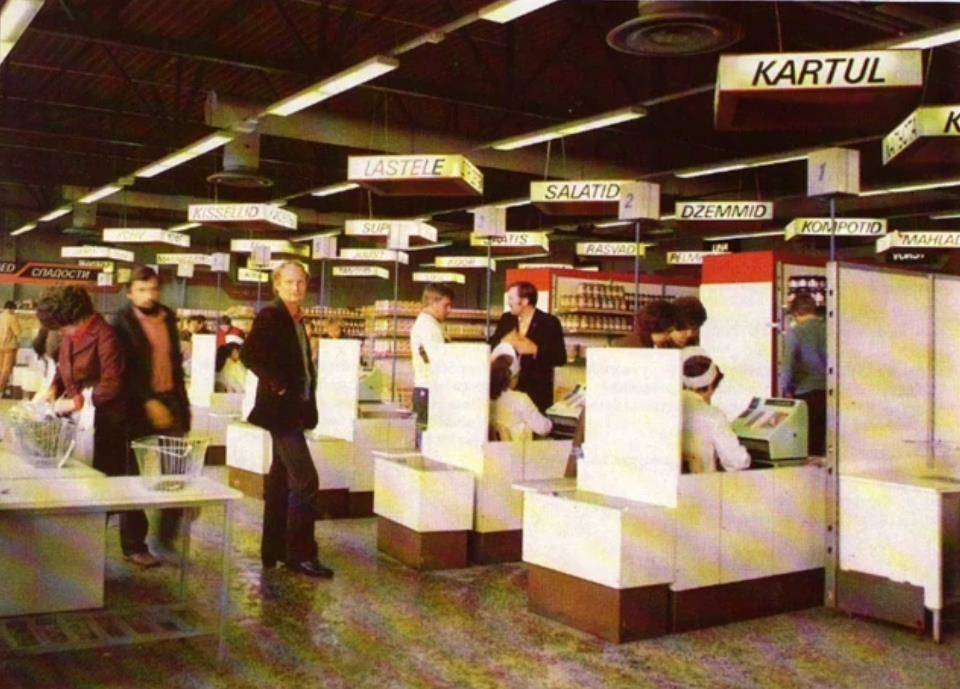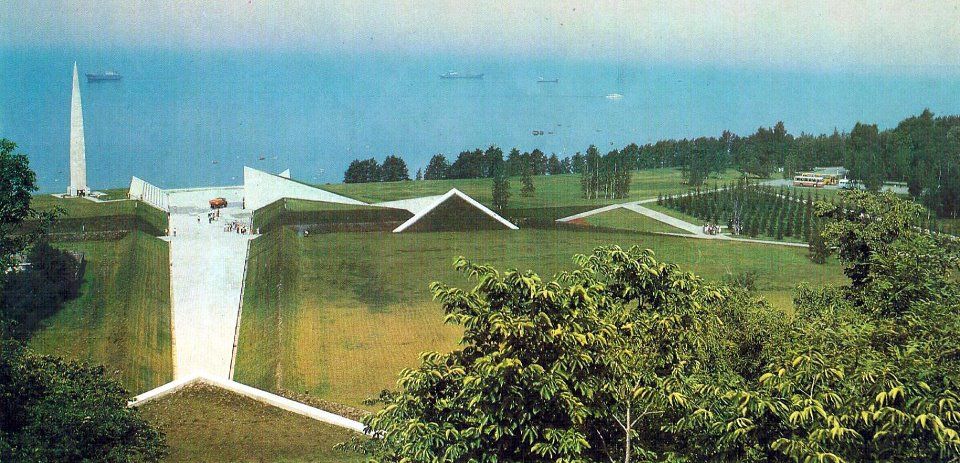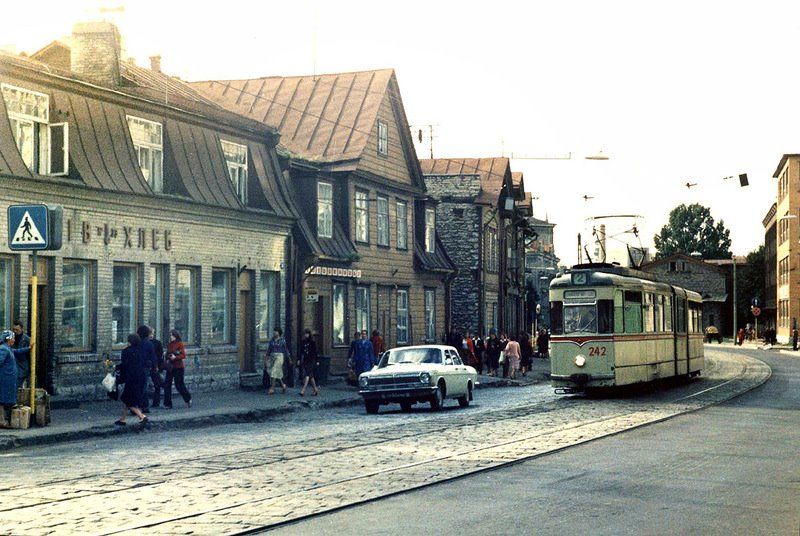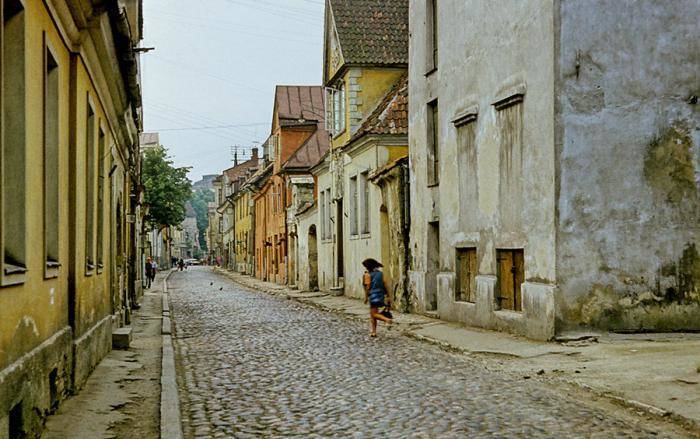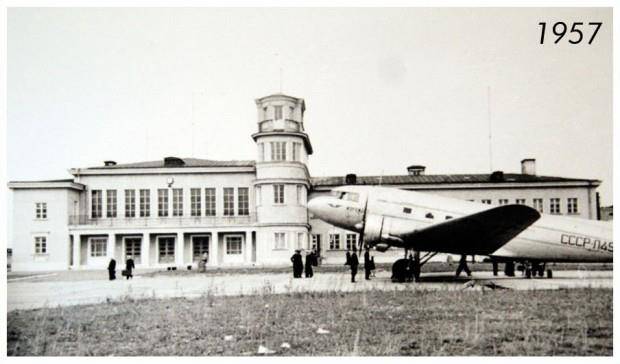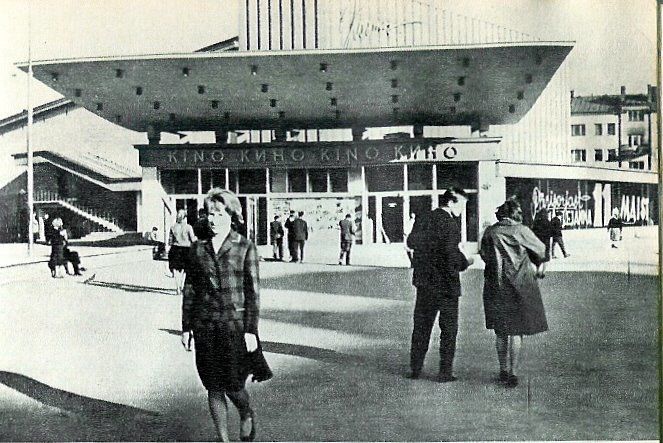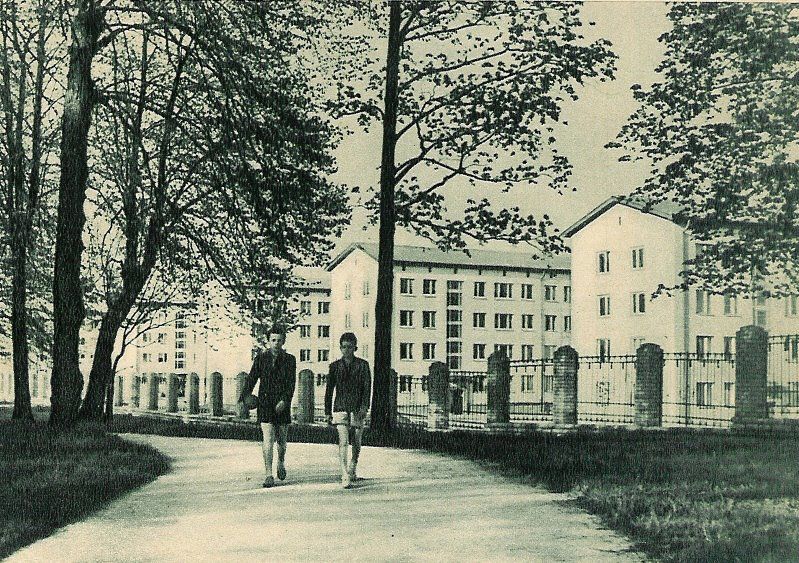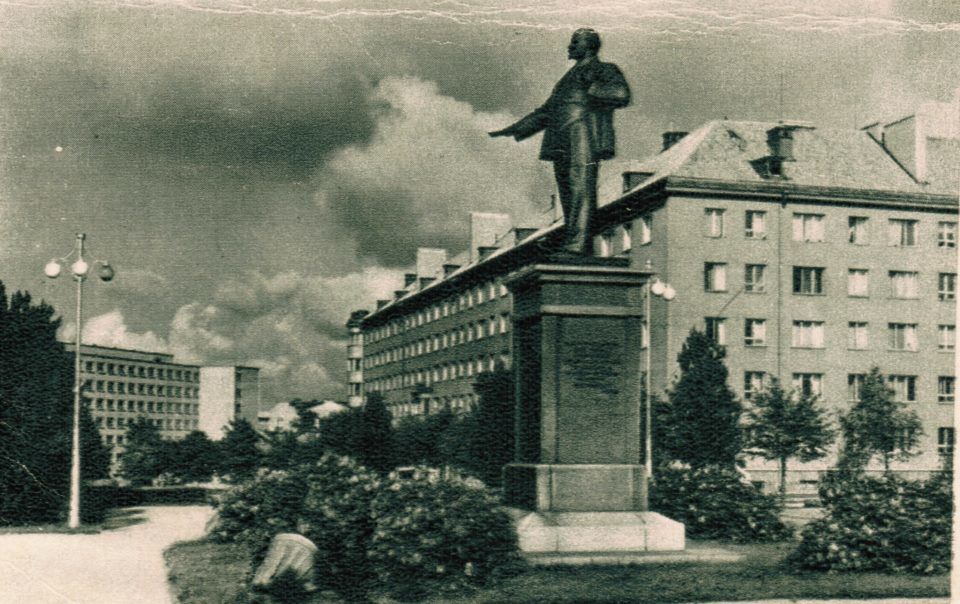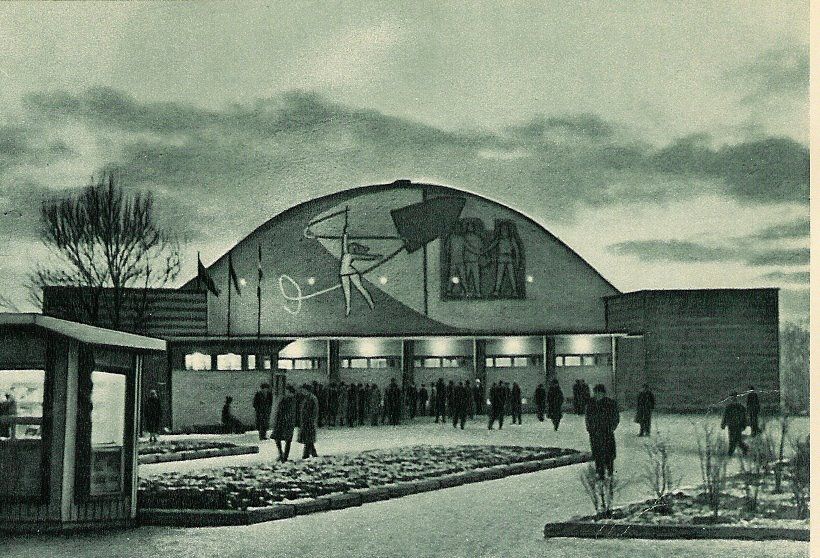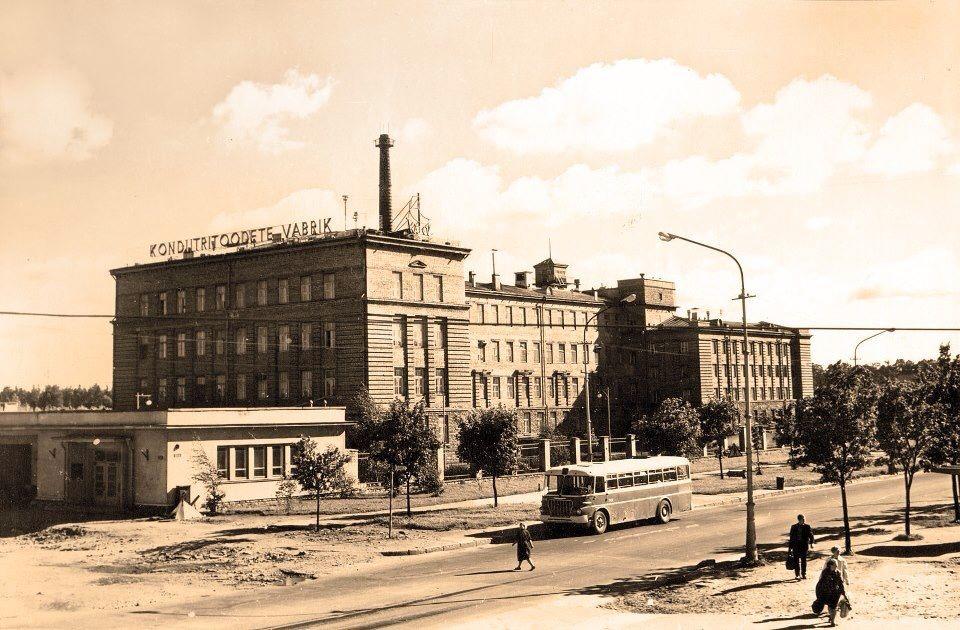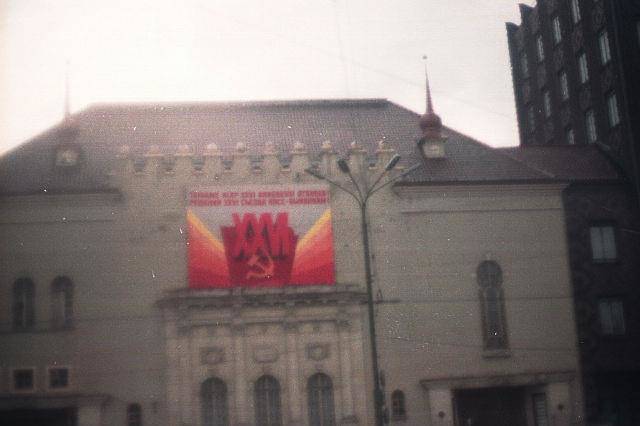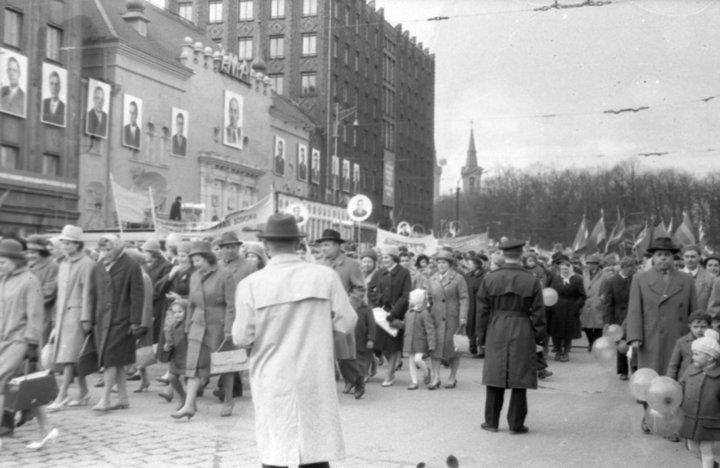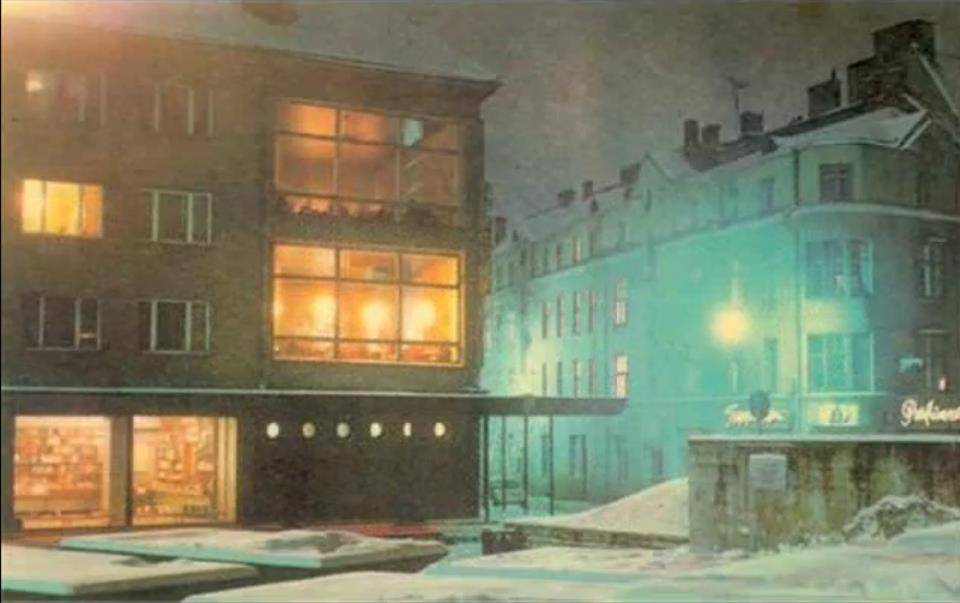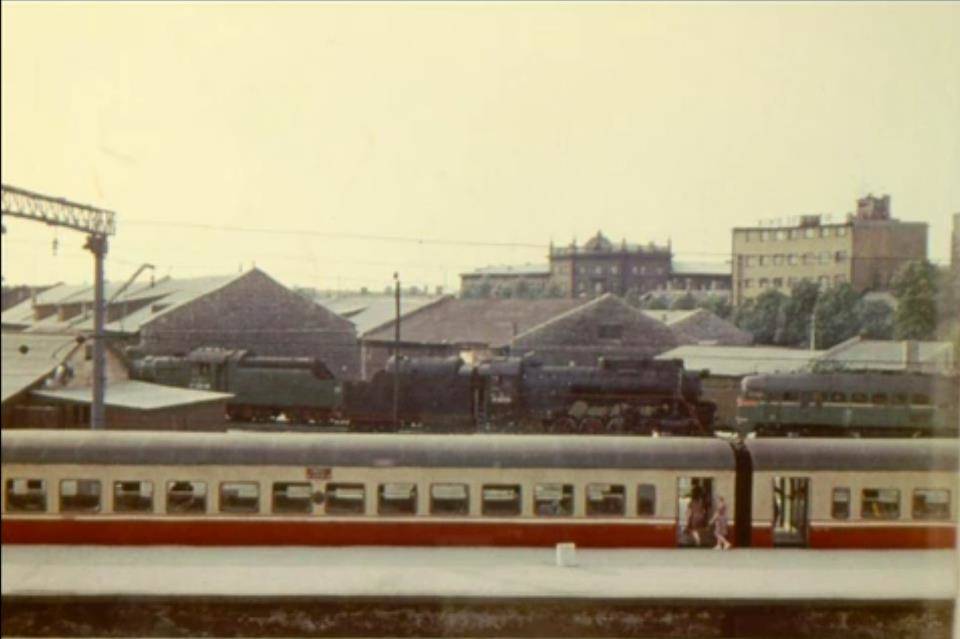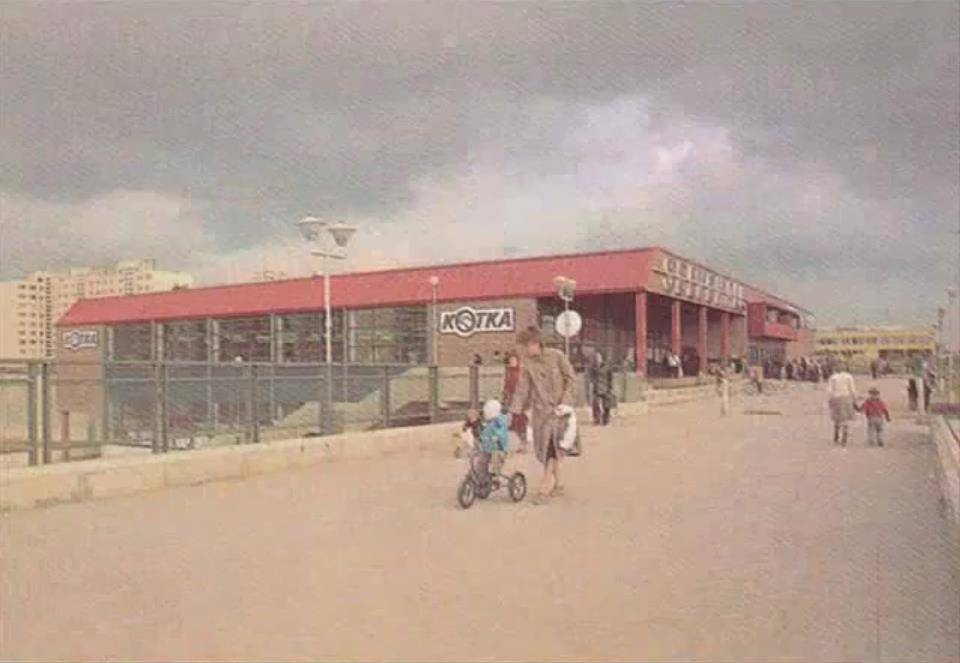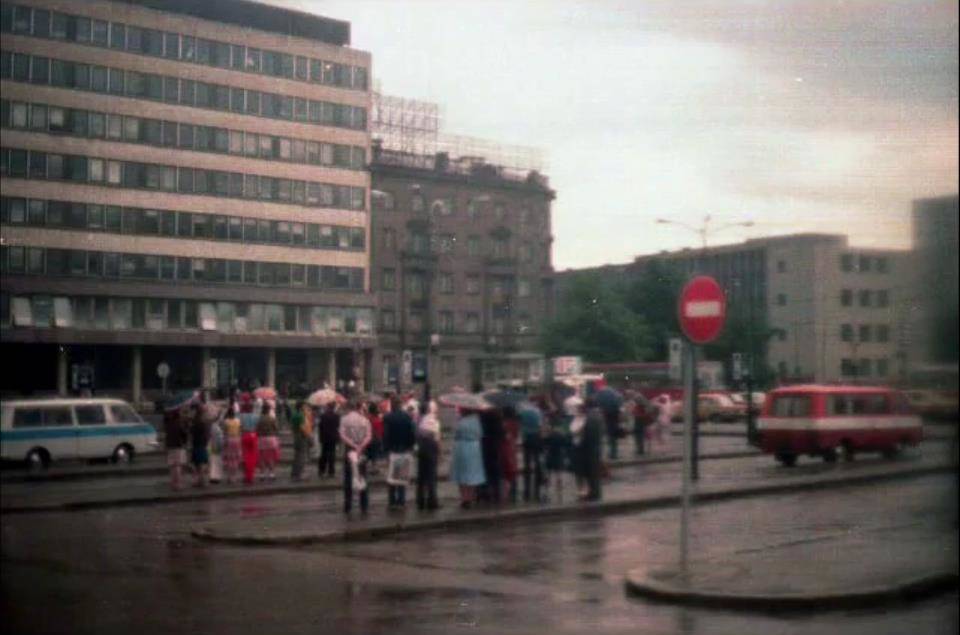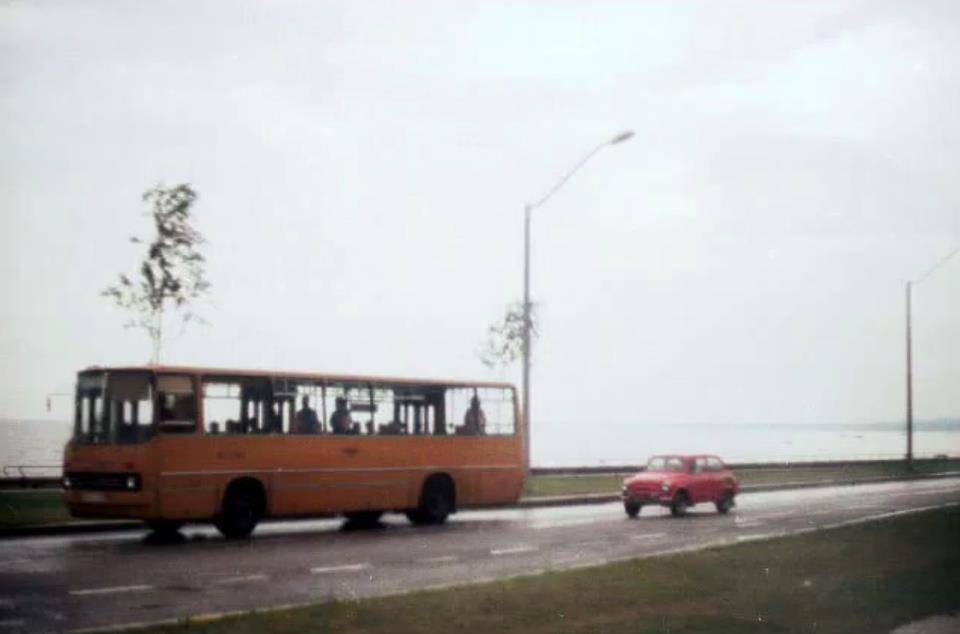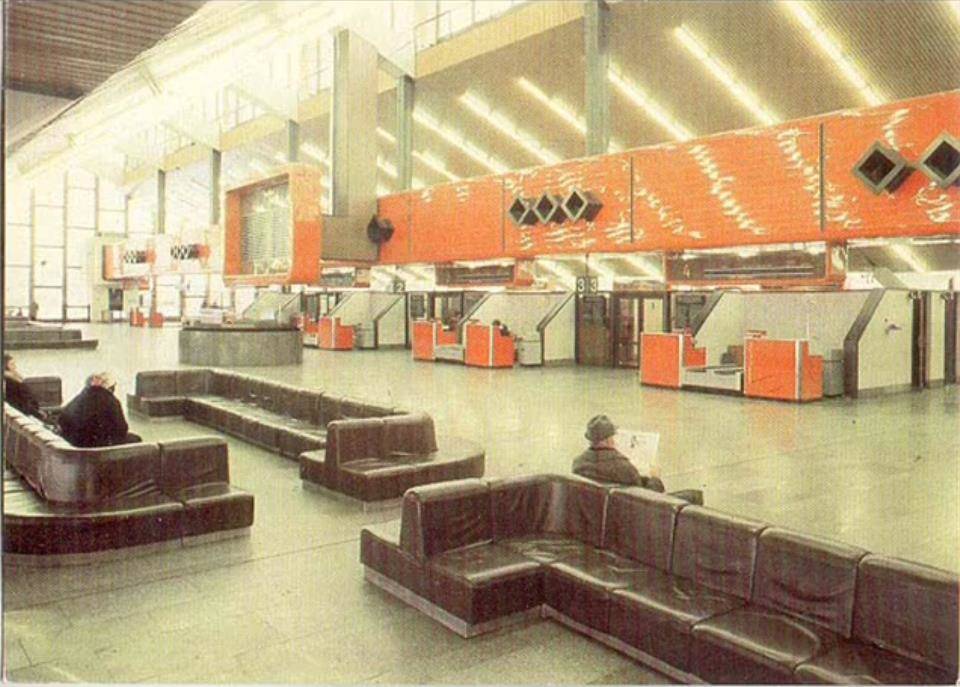Estonian World takes a glimpse into an increasingly forgotten era – the street scenes of the Soviet Union-occupied Estonia (1944-1991) and, specifically, the country’s capital Tallinn at the time.
The Hungarian-made Ikarus bus was the backbone of the Tallinn public transport system in the 1970s and 80s, all the way up to the 1990s.
The corner of the Telliskivi and Kopli street in the past; the area has in the last ten years been transformed into a trendy area, full of cafes and shops.
Soviet-built cheap panel housing and tower blocks.
A family wearing the latest Soviet fashion and driving the latest Lada model.
The Baltic train station.
Wait, is that really a cow on the street?
Can I have some potatoes and a compote, please? Well, “please” and “thank you” were not that common words in the state-run grocery stores and shops on those days, actually.
A Soviet-built war memorial in Pirita.
A zebra crossing without the zebra.
Street scene in Kalamaja, another area that has been transformed into a trendy and an expensive area in the 21st century. The former bread shop on the left now houses a bohemian café, Tops; the houses on the right have been since demolished and given way to modern urban housing.
The neglected and dirty Old Town, with almost non-existent pavements. It wasn’t until the late 1970s and early 1980s when restorations began to renovate the Old Town to its shining glory again.
A run-down and dirty courtyard in the Old Town.
The old Tallinn Airport, with an Aeroflot plane parked in front. From 1945-1989, only Aeroflot served the Tallinn Airport, with destinations only within the borders of the Soviet Union.
The most modern cinema in Tallinn at the time, “Kosmos” (Space). Opened in 1964, it’s one of the two still functioning Soviet-era cinemas in Tallinn. Naturally, it’s refurbished and modernised now.
Jackets and shorts.
That chap was bluntly moved from the spot two days after Estonia regained independence, on 23 August 1991.
The “Kalev” sports hall. One of the few sports halls at the time, it also hosted concerts, in addition to sports events.
Climate change? What climate change?
The proletarians of all countries, unite!
The former candy factory of “Kalev”, the most loved confectionery brand in Estonia.
A communist parade decoration.
A communist parade.
Restaurant Pegasus, one of the few restaurants established during the Soviet era that is still running – albeit now offering a great service and modern Estonian cuisine.
Not as many people could afford a private car, but taxis were relatively cheap and affordable.
The trains at the Baltic station.
A newly built grocery shop in Lasnamäe in the mid-1980s.
Shall we get married?
Marshrutka stop in Viru square. The marshrutkas, usually Latvian-made RAF minivans, were fixed-run taxis.
Pirita road in Tallinn.
Still empty Lasnamäe district as it was being built, with Laagna road in the middle.
Mustamäe district.
The brand new Tallinn Airport, built in 1980. The building is completely refurbished now.
A pair of Aeroflot’s Tupolev Tu-134s parked at the gate at the Tallinn Airport.
I
Images courtesy of Boriss Gorsky (Facebook).

